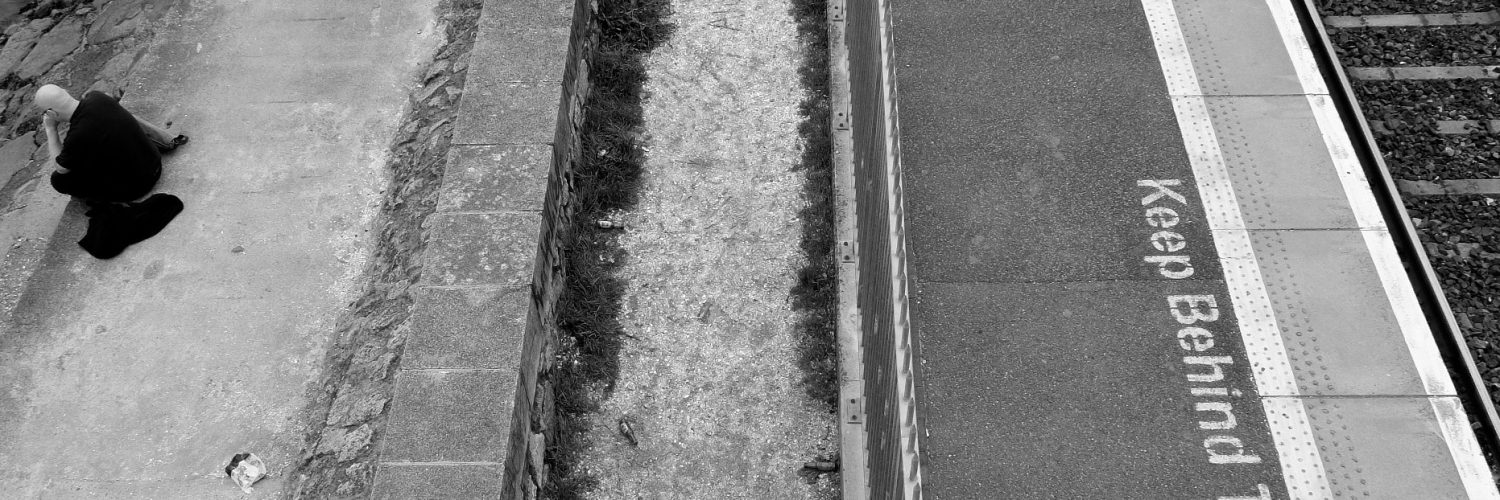GPS Art
Mais uma produção de conteúdo usando GPS (com áudio, fotos e texto) para enriquecer o uso do espaço urbano para o além da indicação dos percursos A -> B… No caso vemos o uso do GPS para produzir conteúdo (ficção) para motoristas em estradas na GB. O “satcom” chama-se 230 Miles of Love.

Trechos (via The Guardian)
“Interesting, then, that this week brought news of a novel way of using a satnav, which seems to encourage drivers to engage with their surroundings rather than simply tell them how to get from A to B and let them daydream (metaphorically, of course) through anything in between.
Called 230 Miles of Love, it is billed as the world’s first ‘satcom’ – a free series of comedy sketches you can download to your satnav or GPS mobile phone, which automatically play at relevant points along the M6. It was made using a programme called Geovative, which allows users to plot a GPS tour that can contain audio, images and text. Though it sounds complicated, it is just a step up from the programme many satnav owners use to alert them to the location of speed cameras.
(…) Though 230 Miles of Love (named after the length of the M6 and available at 230milesoflove.com) is apparently the first attempt at using satnavs for art, it is not the first example of someone using the systems for more than speed camera warnings and route planning.
Last year amateur historian Daniel Taylor launched roadtour.co.uk, offering history guides that drivers could download to their satnavs for information on 600 castles, parklands, battlefields, monuments and stately homes.
The Good Pub Guide has produced a satnav version, which alerts drivers to the best watering holes nearby, and on the TomTom website, users can log in and share their own routes and recommendations, for example the best greasy spoon cafes in the north-west, or the most accommodating hotels for bikers.
All are examples of “locative media”, ideas which aim to exploit developments in “locative technologies” – GPS standalone systems, GPS mobile phones, wireless networks and satnavs.”
